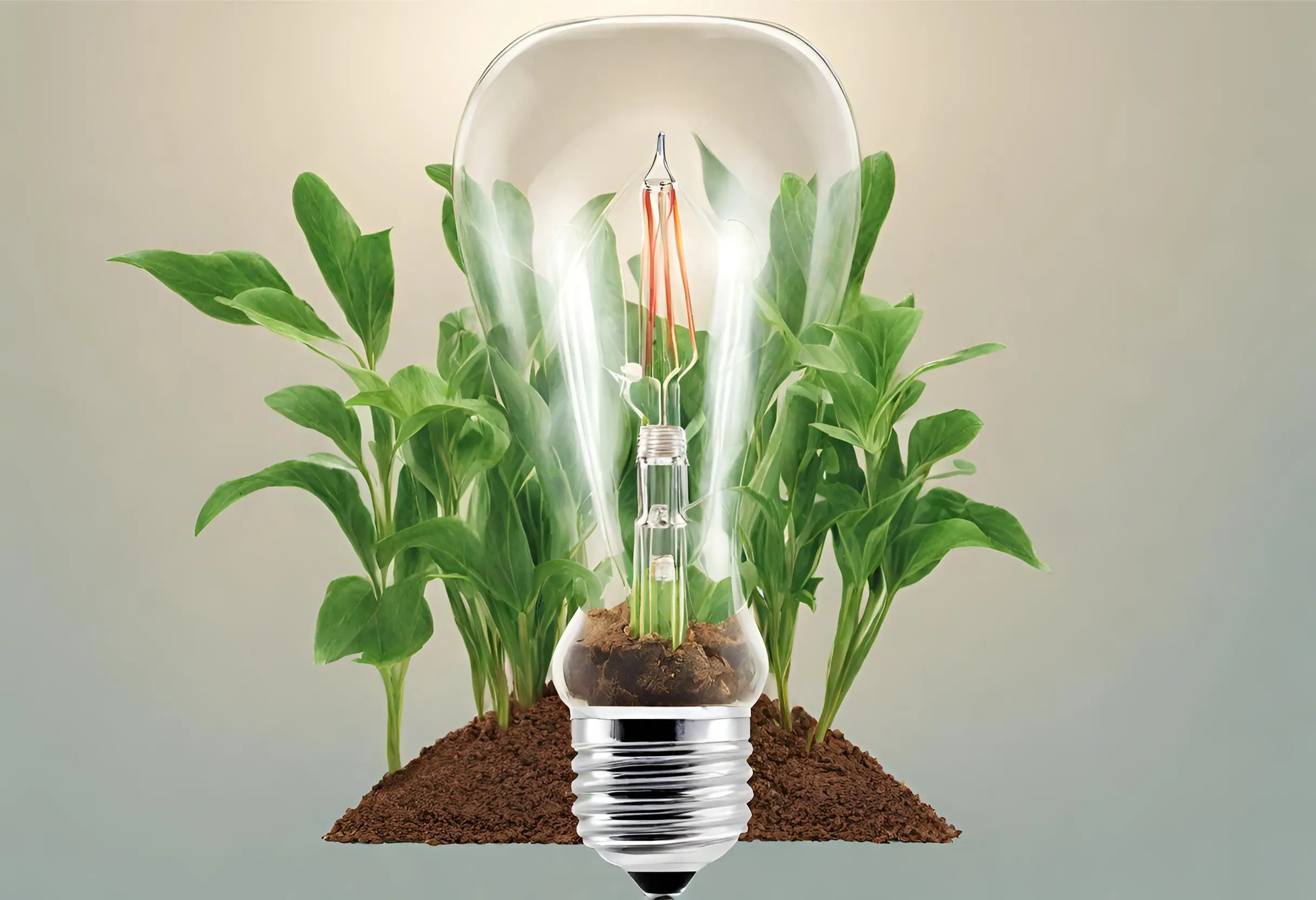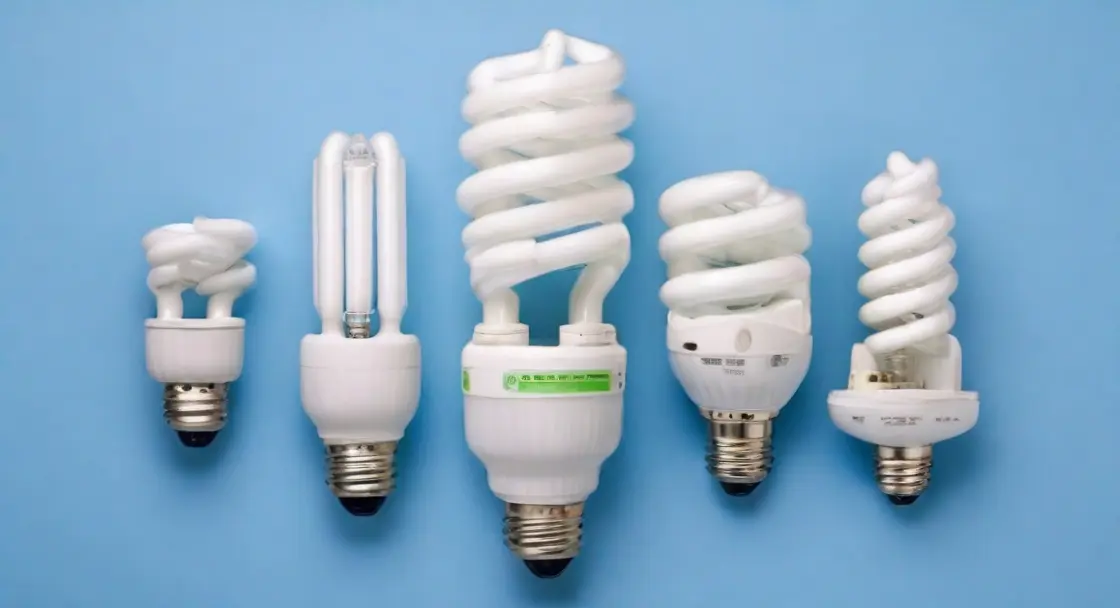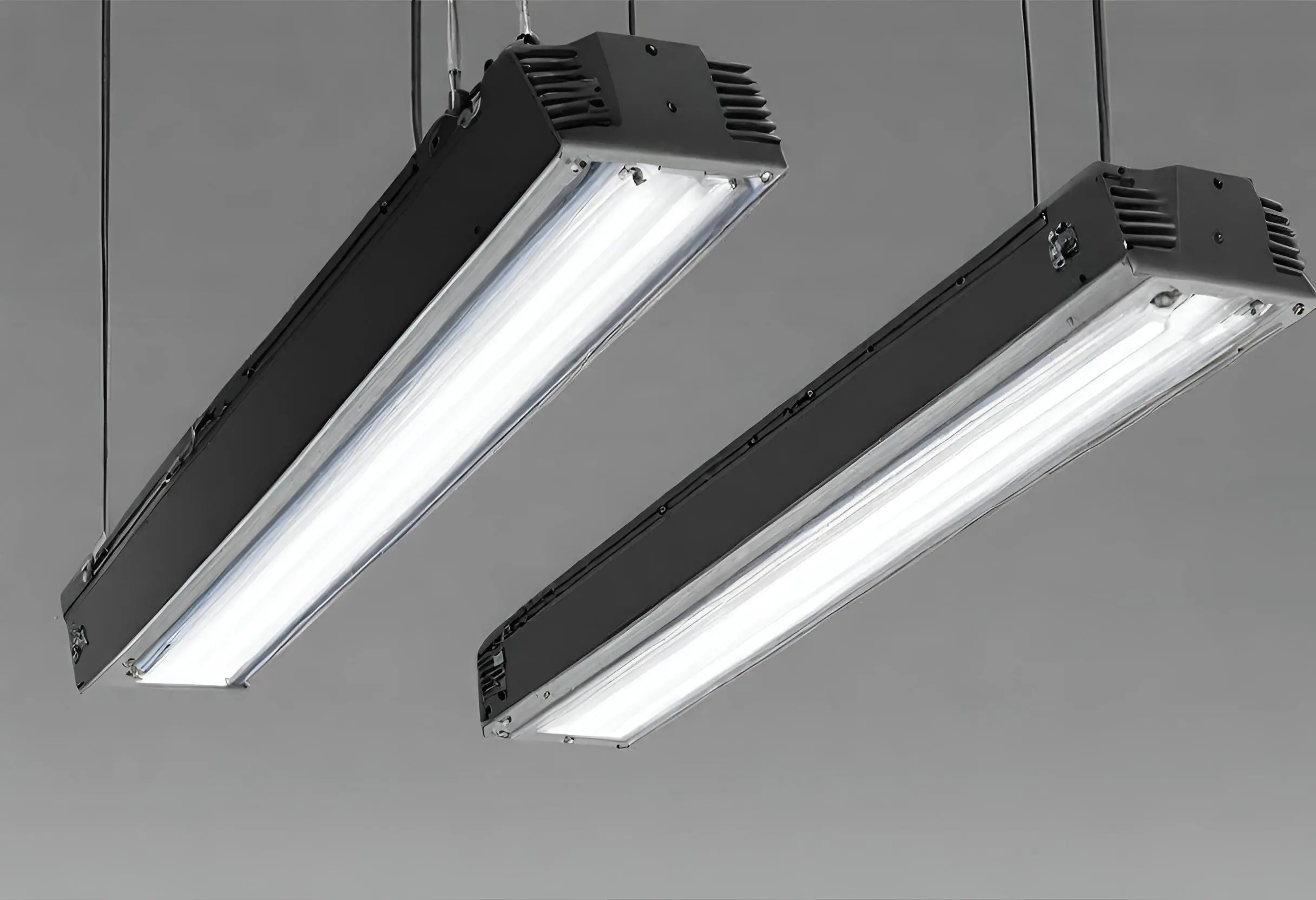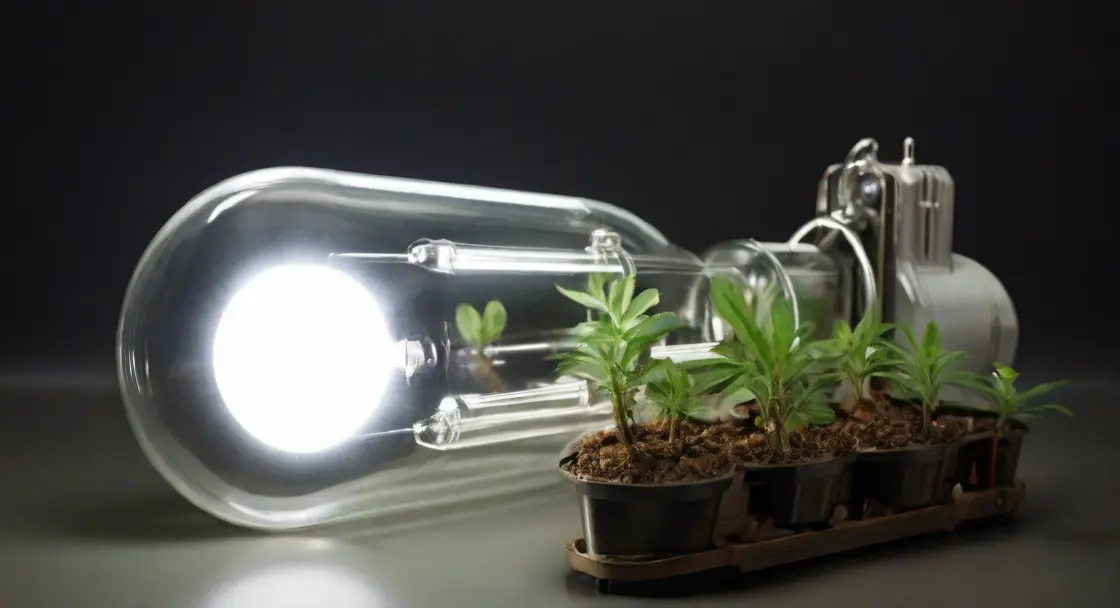All the Different Types of Grow Lights You Need to Know

Look, we all love natural sunlight for our leafy buddies, but when you’re living that indoor lifestyle, you gotta get creative.
That’s where grow lights come into play.
In this guide, we’ll break down the different types of grow lights out there, from the OGs like incandescent and fluorescent to the shiny new LEDs and high-intensity beasts.
Buckle up, because, by the end of this, you’ll be a freakin’ grow light guru, or maybe not.
But first, let’s get one thing straight: there’s no one-size-fits-all grow light solution. The best choice for your setup depends on factors like the type of plants you’re growing, your budget, and how much you care about your electricity bill.
Don’t worry, though, we’ll cover all that juicy stuff too.
Let’s get started right away.
Overview of Main Grow Light Types
There are four different types of grow lights:
- Incandescent grow lights
- Fluorescent grow lights
- LED (light emitting diode) grow lights
- And HID (high-intensity discharge) grow lights
Remember that these are parents and they have their children too.
For instance, HID comes with HPS (High-Pressure Sodium), MH (Metal Halide), CMH (Ceramic Metal Halide), and so on.
Let’s dive deeper and understand each one of them at length.
1. Incandescent Grow Lights

Incandescent grow lights were one of the earliest types of artificial lighting used for indoor plant cultivation. Edison’s filament lamps, for example, were among the first artificial lights used for growing plants indoors in the late 1800s and early 1900s.
These lights work by passing an electric current through a thin wire filament, heating it until it becomes so hot that it begins to radiate visible light.
While incandescent bulbs do emit some wavelengths of light in the red and blue spectrums that plants utilize for photosynthesis, they are extremely inefficient at this task.
Only around 10% of the energy consumed by an incandescent bulb gets converted into visible light, with the remaining 90% being wasted as heat energy (source).
This excess heat production is a major drawback, as incandescent grow lights run very hot and need to be kept a safe distance away from plants to avoid scorching or burning foliage.
Another significant limitation of incandescent grow lights is their short operational lifespan.
A typical incandescent bulb will burn out and require replacement after just 1,000 hours of use, whereas LED and fluorescent grow lights can last for tens of thousands of hours.
The broad spectrum light produced by incandescent is also not optimized for plant growth, providing too much energy in wavelengths that plants cannot utilize.
Pros
Cons
Ideal Uses
At best, incandescent bulbs could potentially be used for:
SIDENOTE: Even for these limited uses, fluorescent bulbs are generally a better choice over incandescent in terms of efficiency and cost.
In summary, while it is possible to grow plants strictly with incandescent bulbs, they are by far the least efficient and effective option compared to LED, fluorescent, or HID grow lights.
Any potential upfront cost savings is quickly negated by high electricity usage and frequent bulb replacements.
Incandescent grow lights should only be considered for the most basic of indoor gardening needs like keeping low-light houseplants alive.
2. Fluorescent Grow Lights
Fluorescent grow lights have been around for decades as an affordable and energy-efficient alternative to incandescent bulbs for indoor gardening.
They work by using an electric current to excite mercury vapor inside a glass tube, which produces ultraviolet light that then causes a phosphor coating on the tube to glow and emit visible light (source).
The two main types of fluorescent grow lights are:


Pros
Cons
Ideal Uses
Fluorescent grow lights are a good choice for:
However, for high-light fruiting plants like tomatoes or flowering plants, you’ll likely need to upgrade to LEDs or HIDs once the plants become larger.
Fluorescent grow lights (especially T5) remain a solid budget option for indoor seed starting, low to medium-light gardening, and small grow setups where heat control is important.
But be prepared to upgrade lighting for larger plants.
FURTHER READING: T5 vs T8 Grow Lights: Which Is Better for Your Indoor Farm
3. LED (Light Emitting Diode) Grow Lights

LED grow lights are the cutting-edge solution for indoor plant cultivation.
These energy-efficient lighting systems emit specific wavelengths of light optimized for photosynthesis, allowing plants to thrive in controlled environments without natural sunlight.
LEDs work by passing an electrical current through semiconductor materials, which then release photons in the form of visible light.
Unlike traditional grow lights that produce a broad spectrum, LEDs can be precisely tuned to generate targeted light spectra like the blues and reds that drive vegetative growth and flowering.
The main types of LED grow lights include:
Pros
Cons
Ideal Uses
While the upfront investment is higher, LEDs deliver long-term cost savings and unparalleled flexibility to optimize plant growth. Top-tier brands engineered with quality LEDs are well worth the price.
FURTHER READING: Quantum Board vs COB LED Grow Lights: My Honest Breakdown
4. HID (High-intensity Discharge) Grow Lights
HID, or high-intensity discharge, refers to a type of gas-discharge lamp that packs a helluva punch light-wise.
The core concept?
An electric arc rips through a gas mixture inside a sealed bulb or arc tube, pumping out an insanely bright and intense light like it’s nobody’s business.
Now, two main players are dominating the HID grow light scene:


Pros
Cons
Ideal For
HID is a solid choice for any light-craving annuals, veggies, or flowering plants in general.
Keep in mind LEDs may cost more upfront but HID lighting bills and bulb replacements add up over time.
FURTHER READING: Metal Halide vs HPS Grow Light: Key Differences Revealed
The Importance of Light Spectrum, Intensity and Duration
Let’s get straight to the point – light spectrum, intensity, and duration are the holy trinity that can make or break your indoor farming game.
Light Spectrum
This is all about the different wavelengths or colors that your grow lights are spitting out. Each wavelength does its own thing:
Nailing the perfect light recipe can supercharge growth and yields.
Light Intensity
This refers to how much light energy is reaching your plants.
More intensity = faster photosynthesis and turbo growth mode – but only up to a point.
Blast your greens with too much light, and you’ll scorch them to a crisp. Not enough light, and they’ll be starving for energy.
You’ve gotta find that sweet spot tailored for your crops.
Light Duration
Also known as photoperiod, this determines how many hours of light exposure your plants get daily. Some dig long summer days to bloom, while others prefer that short day life.
So, there you have it – spectrum, intensity, and duration control every aspect of plant growth, from seedling to harvest.
FURTHER READING: How Long Should a Grow Light Be On (For Best Plant Growth)
Conclusion
Take a second to pat yourself on the back for leveling up your indoor gardening know-how.
We covered the full gamut – from those OG incandescent bulbs (mostly useless nowadays) to the energy-efficient kings of fluorescent and LED, with a side of those powerful HID rockstars.
At the end of the day, there’s no one “best” grow light.
Your ideal lighting setup depends on factors like budget, grow space, target plant species, and growth stages.
For example, LEDs offer unbeatable efficiency and spectral control but at a higher upfront cost.
Fluorescents are a solid budget option for seedlings and low-light situations. And for those chasing maximum yield in limited space, HID still delivers with intense output.
So, do your homework on each light type’s pros and cons.
Still scratching your head?
Fire away with any questions you might have in the comments below.
Meet your guide
Dhruvir Zala